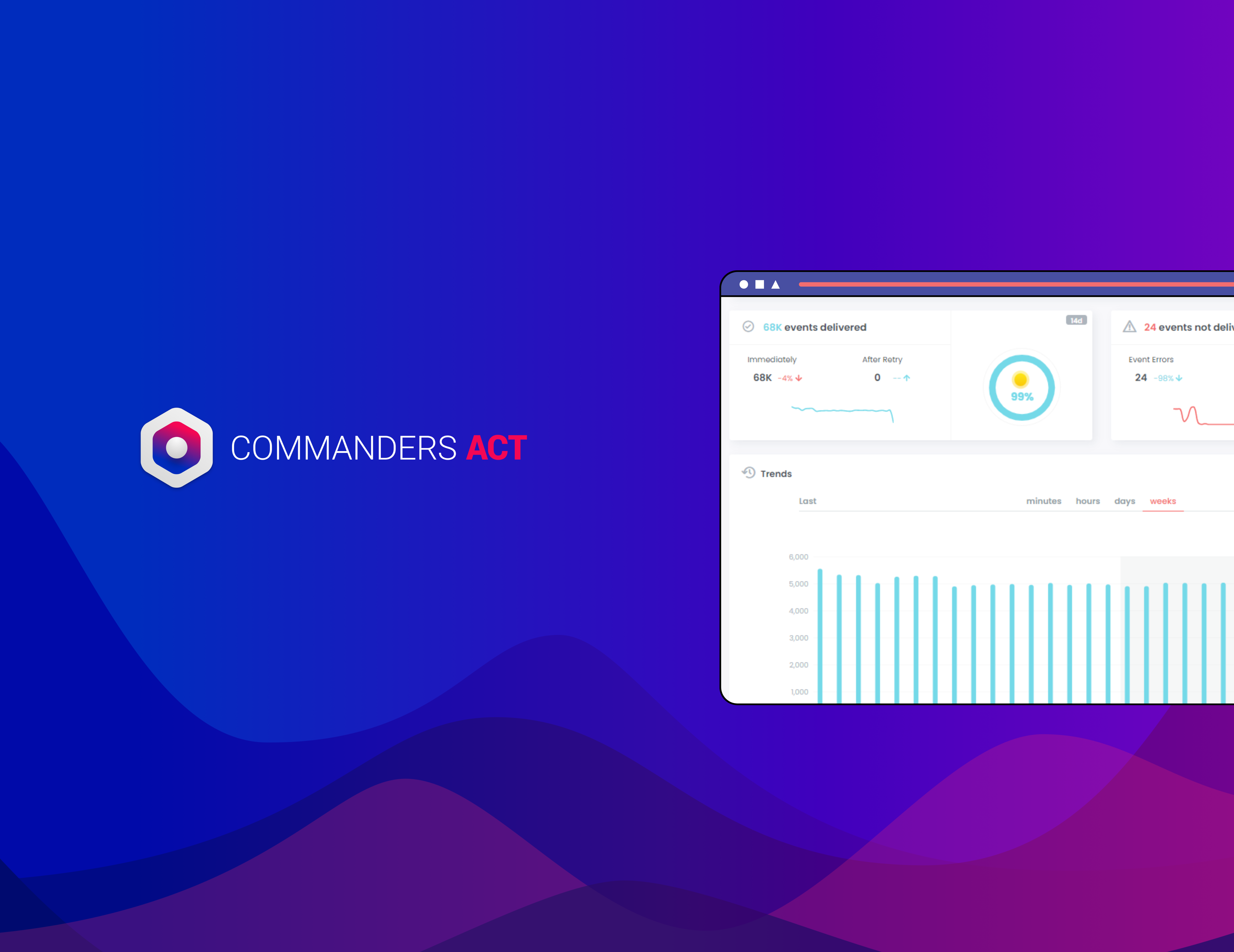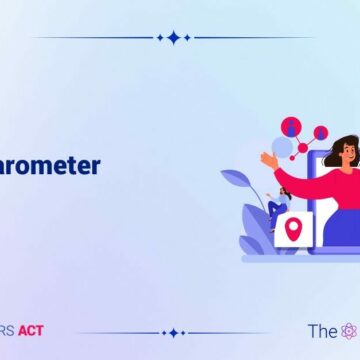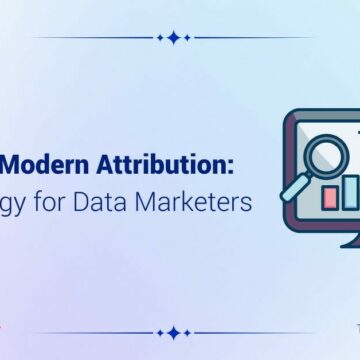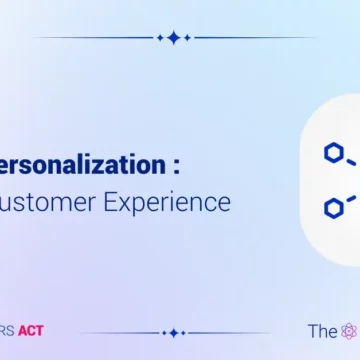Improving data quality, a key issue for companies
18/01/2023 |

In a world where data is increasingly valuable to businesses, ensuring its quality is essential to guaranteeing the effectiveness of campaigns and therefore maximizing marketing investments. This is where our platform comes into play.
Why is data quality so important to businesses?
Data quality is crucial for businesses because it directly impacts their ability to make informed decisions, analyze data accurately, and achieve their business goals. When data is of poor quality, it can lead to errors in analysis and decision-making, which can have a negative impact on marketing campaign ROI, data analysis, and campaign analytics. For example, if a company uses poor quality data to target its advertising campaigns, it may end up reaching people who are not interested in its products or services, which can lead to wasted budget and lower campaign performance. Similarly, if a company uses poor quality data to analyze its performance, it may end up making decisions that are not based on accurate data, which can be detrimental to the company’s long-term growth and success.
In summary, data quality is critical for businesses as it is the basis for informed decision making and accurate analysis.
What is Data quality or Data Integrity?
Data integrity refers to the accuracy and consistency of data throughout its life cycle, from collection and storage to analysis and dissemination. Without data integrity, companies risk making decisions based on inaccurate information, which can lead to lost revenue, damaged reputations, and even legal issues. Ensuring data integrity is a complex and difficult process, especially for organizations that handle large amounts of data from multiple sources. It requires the implementation of a series of controls and processes, including quality control, validation, duplicate removal, integrated delivery control, real-time alerts, preservation and backup, cybersecurity and advanced access controls. These measures ensure that data is accurate, complete and consistent, and that any data integrity threats are identified and quickly addressed.
Improve data quality with our platform
Our platform aims to give companies the confidence in their data in a very simple way. We offer a standardized datalayer interface that allows users to define their data schema and define validation rules that feed their data quality workflow.

Moreover, our Data Cleansing feature allows users to transform/correct their events in real-time in a simple and intuitive way, thanks to our no-code approach. However, the more technical among us are not forgotten since we also offer a low-code module (or even just code for the more daring).

Manage data errors with our platform
We have several features to manage data errors. First, we have a data quality dashboard that allows users to see specification violations at a glance and quickly correct them at the source or in real-time with the Data Cleansing feature.

We also offer real-time alerts so that users can react quickly to data errors. These alerts can be sent by email, messaging (Slack, Teams, …), webhook or via notifications in the interface. An alert can be configured in 3 clicks, with a slider to choose the trigger threshold and the communication channel.

How our product helps work with the same data across the enterprise
Our standardized datalayer interface allows users to define the schema of their data and define validation rules to ensure that all data conforms to that schema. This way, all teams can work with the same data and ensure that it is of high quality. In addition, we have a single data dictionary that allows users to define and share their data definitions across the enterprise.

What is Data Cleansing and how does it work?
The Data Cleansing feature allows users to transform/correct their events before sending them to their destinations. We have several types of transformations available, such as event renaming, event derivation, property modification and event filtering, which can be created in a simple and intuitive way thanks to our no-code approach based on basic formulas and operators, very similar to what one would find in a spreadsheet like Excel. For those who prefer a low-code approach, it is also possible to add custom JavaScript code to create custom transformations. The Data Cleansing feature is particularly useful for ensuring that data sent to destinations is of high quality and complies with required specifications.

What about the quality of the data transmitted to destinations?
We have an event deliverability tracking interface that allows users to check if data is reaching its destination or if there have been any problems in sending. This interface includes quick and easy to read metrics such as the percentage of events not sent, a visualization of the evolution of correctly sent and failed events over a given period of time, and an error summary table. The latter gives an overview of the different types of errors encountered and how to resolve them. In case of sending problems, we also offer an alert system to notify users immediately.

How our platform simplifies complex technical errors when sending data to partners
First of all, the errors are not always technical, they are often missing or badly formatted data and our platform generates explanations in natural language that are very easy to read. And as for technical errors, whether they come from a partner’s API feedback or an unavailability of its servers, it was important for us that each error be very simple to understand. We use a natural language generator (NLG) to transform these unreadable errors into explanations that are perfectly understandable by a non-technical profile with resolution paths. That’s the magic of AI 











